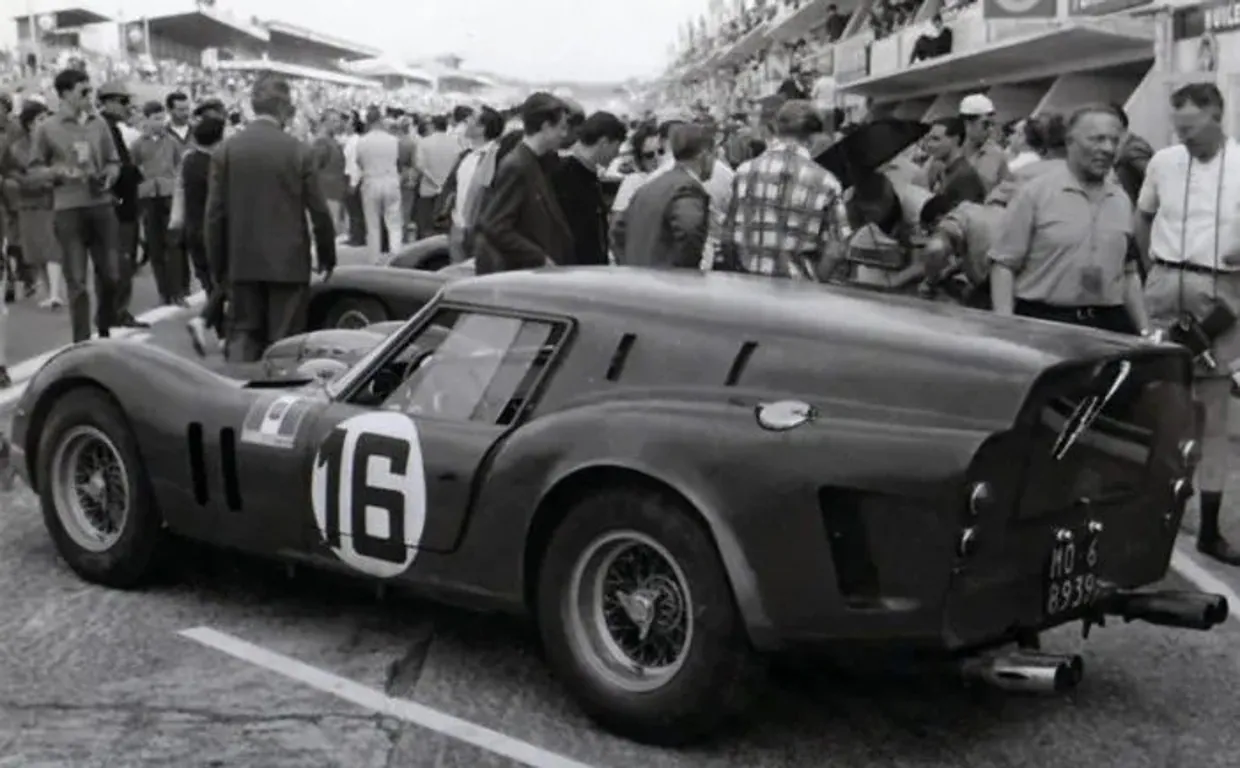In a political system that proclaimed equality, its leaders paraded before the people in spectacular limousines. The brand, first ZIS and then ZIL, its history goes back to the time of the Tsars and with roots in a truck factory
In 1916, Tsar Nicholas II established a factory called AMO, an acronym for Avtomobilni Moskovskoe Obshchestvo, or Moscow Motor Vehicle Company. Parts had been bought from Fiat and so in 1917, when the revolution broke out, 432 trucks were assembled. AMO is nationalized in 1918 (a few more trucks are being assembled), but the company essentially becomes large repair shops.
On April 30, 1923, the AMO factory was named after the Italian communist Ferrero. In June 1923, the State Planning Committee of the USSR approved the production assignment of the plant for 1923-1927. However, it was not until March 1924 that the factory received a specific allocation from the government for the production of the first Soviet trucks.
But the production of cars at this plant will be the idea of Iósif Vissarionovich Dzhugashvili, better known as Iósif Stalin, general secretary of the Central Committee of the Communist Party of the Soviet Union since 1922. Unlike Lenin, an enthusiast of British Rolls Royce, Stalin wanted a one hundred percent Soviet representative car. For example, the first five-year plan of 1928 (created to achieve rapid industrialization) includes the development of the 101. This car will see the light of day in 1936, the same year that AMO is renamed ZIS, an acronym for Zavod Imeni Stalina or Factory. in honor of Stalin (but don’t think of a personality cult, no…). While the majority of the site is used for the construction of transport vehicles, a small part of the facilities is dedicated to the construction of this representative limousine. The style of the 1936 ZIS 101 is nothing but a copy of the American prestige cars of the time, be it Buick, Packard or Cadillac. And not only on the outside, but also on the engine, an 8-cylinder in-line engine with a displacement of 5,766 cc. This “inspiration” has led in many places to confirm that at the end of World War II there was an agreement whereby the Soviets bought the production lines of the Packard Super Eight for the 1945 ZIS 110 from the Americans, something that is not true.
This ZIS 110 was no less than six meters long, had six seats and an eight-cylinder in-line engine with a displacement of six liters to lift its 2.5 tons to a maximum speed of 140 km/h. Up to 1958, two thousand units were made, some in torpedo, armored or even ambulance bodies.
Earlier, in 1953, Stalin had died, and his successor, Nikita Khrushchev, had launched a de-Stalinization plan. Thus, among many other changes, the brand was renamed ZIL: Stalin’s “S” gave way to the “L” of Likchatchev, a former director of the factory.
And in 1956, in the midst of all these changes, the 111 was introduced, which went into production only three years later. This limousine has grown to 6.14 meters and under the hood beats the first Russian V8 cylinder engine, a 6-liter with 220 hp. In addition, it contained a series of very modern elements for the time, such as power steering or electric windows. And in the 1959 evolution 111 A, it mounts air conditioning.
Its descendant, the 1967 114, has an alloy engine block instead of cast iron, with a displacement of 7 liters and 300 hp, and already installs disc brakes. His body, 6.28 meters tall, remains true to the American influences of the moment in style. In 1971, the ZIL 117 was born, a five-seat sedan derived from the 114 but shorter (5.78 meters)
But back to the limousines, the 1978 4104, originally called 115, (actually an update of the 114 with which it shares a chassis and many mechanical components) will faithfully follow the American style, now more angular, very much in line with the Lincoln . The displacement of the V8 engine has been increased to a whopping 7.7 liters displacement. The armored versions (4105) were built in total secrecy and kept in garages controlled by the KGB.
There were several variants and evolutions of this model, such as the 41043, equipped with communication equipment; the 41044, a short-wheelbase convertible intended for major official parades (when the USSR invades Afghanistan in 1979, some will be used by pro-Soviet Afghan bosses). The 41045 is a redesigned 4104, produced between 1983 and 1985, and the armored version is called the 41045.
Then comes the Putin era, with other cars (it’s said he didn’t like the ZIS that much), but you know, that’s another story… that hasn’t been written yet.
Source: La Verdad
I am Ida Scott, a journalist and content author with a passion for uncovering the truth. I have been writing professionally for Today Times Live since 2020 and specialize in political news. My career began when I was just 17; I had already developed a knack for research and an eye for detail which made me stand out from my peers.


-Rc01Vf2aAkHpIzWGzKm6pFM-1200x840@abc.jpg)
